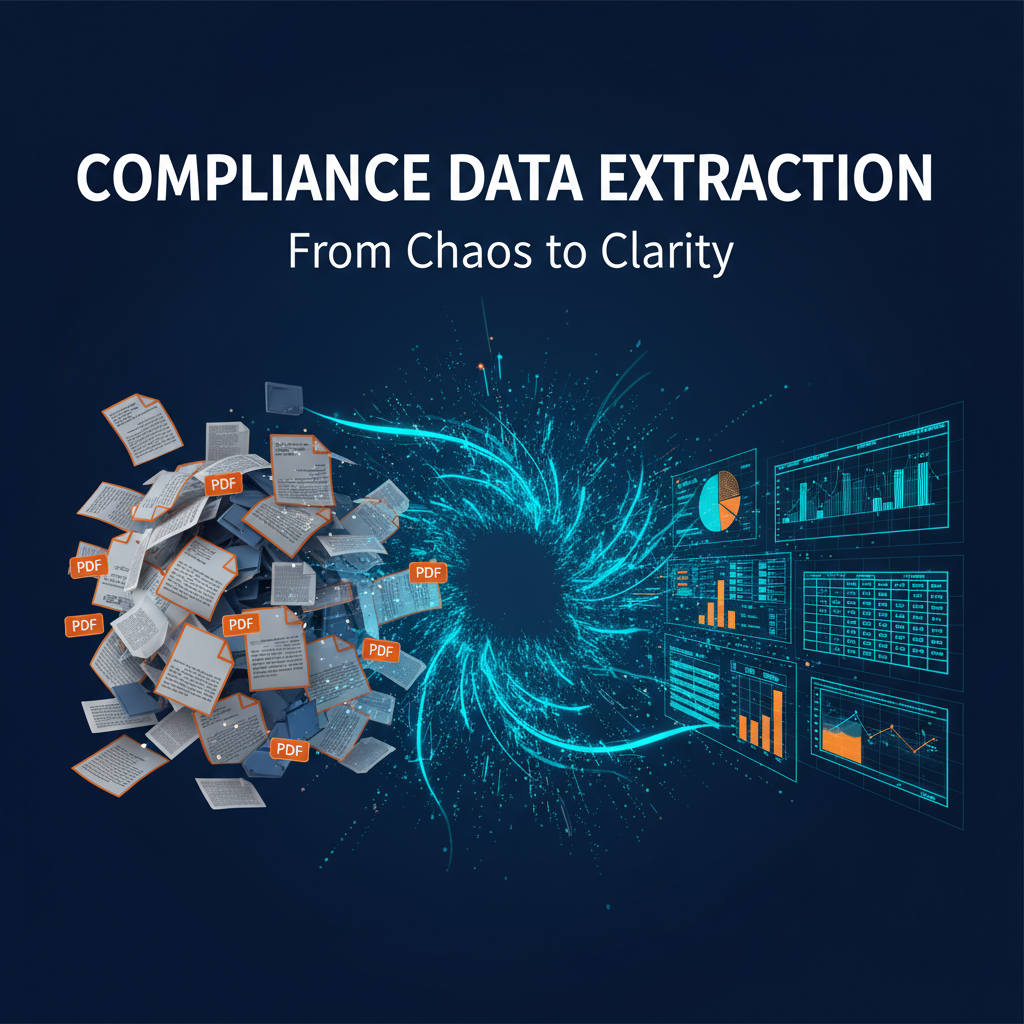Share this post
The hardest part of research isn't finding sources—it's making sense of them.
October 23, 2025

The notification sat in her inbox like a ticking clock: "Viva presentation in 3 weeks. Research proposal must demonstrate mastery of current literature, clear methodology, and original contribution."
For a graduate student in her research methods course, this should have been straightforward. She'd spent months collecting articles on team building in organizational contexts—her chosen subtopic. Her knowledge base contained over 100 assets: peer-reviewed journal articles, systematic reviews, empirical studies, and theoretical frameworks spanning team reflexivity, emotional intelligence, psychological safety, and HRM practices.
The problem wasn't lack of information. It was drowning in it.
The paralysis of abundance
"I had articles on everything," she later reflected. "Team development stages. Virtual team dynamics. Error management atmospheres. Collectivism-oriented HRM. Developmental deals. Team resilience through caring. I could tell you what each article said, but I couldn't tell you what I was actually researching."
Her initial research questions wandered across domains: team building in agile organizations, then fast-food kitchen teams, then virtual teams, then healthcare teams. Each literature search pulled her in a different direction. Each new article seemed equally important and equally relevant.
The instructor's feedback confirmed her fear: "Inconsistent research questions across tasks. Unclear definition of key terms. Weak integration of literature review and critical analysis."
With her viva presentation looming, she needed a fundamentally different approach. Not more articles—better synthesis.
A systematic framework for literature synthesis
Rather than approaching her knowledge base as a collection of separate documents to summarize, she began treating it as a conversation partner for systematic analysis.
Phase 1: Pattern recognition across sources
She started by asking not "What does this article say?" but "What patterns emerge across these articles?"
Working through her collection systematically, she identified methodological clusters:
- Pure qualitative studies (like Hartmann et al. 2025 on team resilience using in-depth interviews)
- Quantitative surveys (like Fan et al. 2024 on developmental deals and team creativity)
- Mixed methods approaches (like Weger et al. 2022 combining content analysis with performance metrics)
- Theoretical reviews and systematic literature reviews
This organizational step revealed a critical gap: most existing research used quantitative methods to identify what factors matter in team building, but few explored how and why these processes actually unfold in practice.
Storytell is able to ingest multiple file types and identify what Concepts live between those files
Phase 2: Comparative analysis for quality
For her research design, she needed to understand not just findings but methodological rigor. She conducted side-by-side comparisons of articles based on:
- Research design clarity and justification
- Data collection instrument quality
- Sample characteristics and context
- Theoretical framework strength
- Contribution to the field
This comparative approach transformed how she read. Instead of treating each article as an isolated source to cite, she evaluated them as models—some to emulate, others to critique, all contributing to her methodological decisions.
Phase 3: Personal context integration
A breakthrough came when she stopped trying to study teams in the abstract and connected theory to her lived experience. As a shift leader at a fast-food restaurant managing mostly under-18 staff during high-pressure weekend nights, she witnessed team dynamics constantly.
"I was reading about team reflexivity—teams reflecting on their processes to improve performance—and I realized that's exactly what we don't have time for during a dinner rush. But somehow the best teams still adapt in real time."
This insight crystallized her research focus: on-the-fly reflexivity in fast-paced service environments. How do teams with no time for structured reflection still manage to coordinate, adapt, and maintain performance under pressure?
Suddenly, her literature had a clear organizing principle. Articles on team communication during "transition and action phases" became central. Studies on healthcare teams under time pressure became directly relevant. Research on psychological safety helped explain why some team members spoke up during crises while others didn't.
From synthesis to original contribution
With a focused research question, everything else fell into place systematically:
Methodology selection: She chose a purely qualitative approach using semi-structured interviews—justified by the methodological gap she'd identified. Existing quantitative research had measured team reflexivity in controlled conditions; her study would explore how it manifests (or doesn't) in real-world time-constrained environments.
Data collection instruments: She developed an interview guide and survey instrument grounded in her literature review, with each question traceable to specific theoretical constructs from her sources. When asked to justify her questions critically, she could explain precisely why she asked about "specific moments when the team had to adapt quickly" (drawing on Weger et al. 2022) versus broad satisfaction measures.
Theoretical framework: Rather than cherry-picking theories to mention, she built an integrated framework showing how team empowerment enables shared leadership and relational coordination, moderated by relationship conflict, affecting both resilience and performance—each connection supported by multiple sources from her literature base.
Research title evolution: Her title transformed from the vague "Team Building in Organizational Contexts" to the precise "Unlocking Team Performance: Empowerment, Shared Leadership, Coordination, Conflict, Resilience"—each term earned through systematic analysis.
The viva preparation advantage
Three weeks earlier, preparing for a viva presentation felt overwhelming. Now, with systematic synthesis complete, she had:
- A 10-minute presentation script that flowed logically from research problem through methodology to expected contributions
- Clear answers to anticipated questions about why qualitative methods, how her study differed from existing research, and what practical applications her findings might have
- Confidence in her choices because each decision was traceable to systematic analysis rather than arbitrary preference
When asked "Why qualitative methods instead of mixed methods?" she didn't fumble. She explained: "Fan et al. 2024 and Raineri & Valenzuela-Ibarra 2022 already provide excellent quantitative evidence of what organizational factors matter. My qualitative approach explores how these processes unfold in practice—capturing the lived experience and process details that surveys cannot access."
Lessons for systematic research
Looking back on her journey from literature chaos to research clarity, several principles emerged:
1. Synthesis over summary: The goal of literature review isn't exhaustive summary but pattern recognition and gap identification. Ask "What's missing?" as often as "What's here?"
2. Comparison reveals quality: Evaluating sources side-by-side exposes methodological strengths and weaknesses that reading sequentially misses.
3. Personal context as organizing principle: The strongest research questions often emerge at the intersection of theoretical gaps and lived experience.
4. Methodology follows from gaps: Research design decisions become defensible when grounded in systematic analysis of what existing research has and hasn't done.
5. Iterative refinement over perfect first drafts: Her research question evolved through multiple iterations responding to feedback—each refinement improving focus and feasibility.
The broader implication for knowledge work
This graduate student's experience illuminates something larger than one research proposal. She demonstrated a systematic approach to managing information abundance—a challenge facing knowledge workers across domains.
Whether synthesizing market research, competitive intelligence, policy analysis, or scientific literature, the pattern holds: collection is easy, synthesis is hard, and original insight requires systematic frameworks for making sense of complexity.
Her method wasn't about AI replacing human thinking. It was about AI supporting better thinking—serving as an external memory system, a comparison engine, a pattern recognition partner, and a structured framework for iterative refinement.
In an era of information abundance, the scarcest resource isn't access to knowledge. It's the systematic capacity to transform scattered information into focused insight.
Three weeks from literature chaos to viva-ready clarity. Not through magic, but through method.
Gallery
No items found.
Changelogs
Here's what we rolled out this week
No items found.

